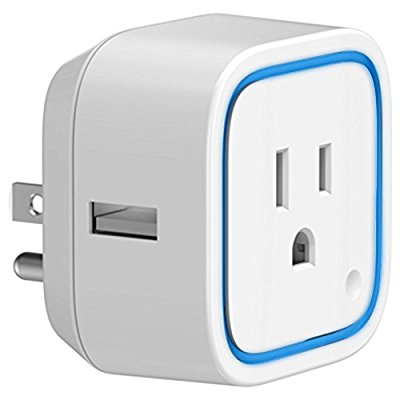Continuing my goal of avoiding building my own hardware, I’ve focused on adaptive reuse. In order to use a Sonoff in its default configuration, you need their app, which routes information through their server in China.
I’m not that worried about the Chinese being able to control my humidifier, but I find it completely unnecessary. But, being as it uses a common chip, it can be reprogrammed.
The recommended and guaranteed way to do this is to solder connections onto the board and flash the chip with new firmware. However, one developer has worked to hijack the Sonoff’s over the air firmware update process to add custom firmware. You can find the work on Github along with custom firmware to install.
The custom firmware allows the device to be controlled by HTTP or MQTT control, which can then be tripped manually or by Home Automation software.
I have been using the Sonoff Socket S20, which is their remote controlled outlet. However, the same hardware is available as a wire-in power control module, as well as switches, temperature sensors, etc.
The control of these sockets has been reliable and without issue.






